Fast food hasn’t just fed America—it’s shaped how we eat, travel, and even raise our kids. From the first kids’ meal toys to restaurants that looked like barns or castles, these chains left a cultural footprint far bigger than their menus. Some gave us dining traditions we still follow today, while others vanished almost overnight. Their stories are filled with bold ideas, quirky concepts, and cautionary lessons. Let’s rewind to the golden age of these once-beloved chains and see how they made their mark before fading away.
Red Barn: Barns Serving Burgers
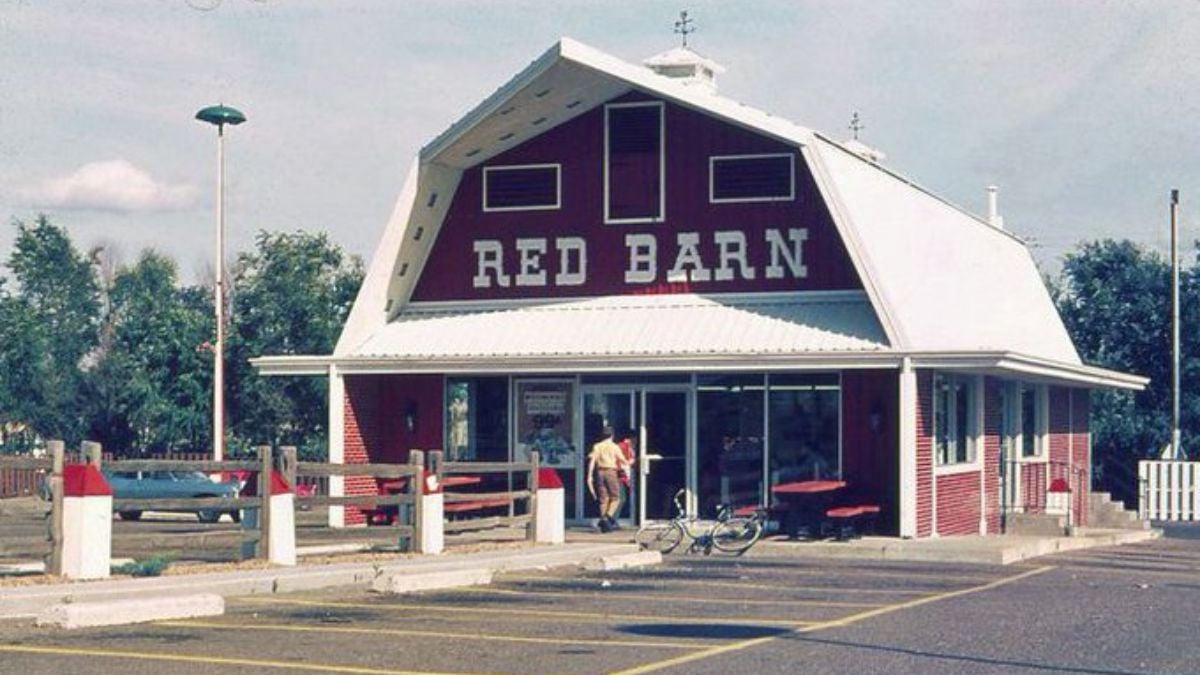
Why build another glass-and-steel restaurant when you can make it look like a farm? Red Barn’s rustic barn-shaped buildings turned heads across America in the 1960s and 70s. Their signature “Big Barney” burger rivaled the Big Mac, and they even pioneered drive-thru service before most chains. For years, they stood out for being bold and different. But high building costs and rising rivals eventually brought the barns down by the late 1980s.
Sandy’s: The Scottish Rival to McDonald’s
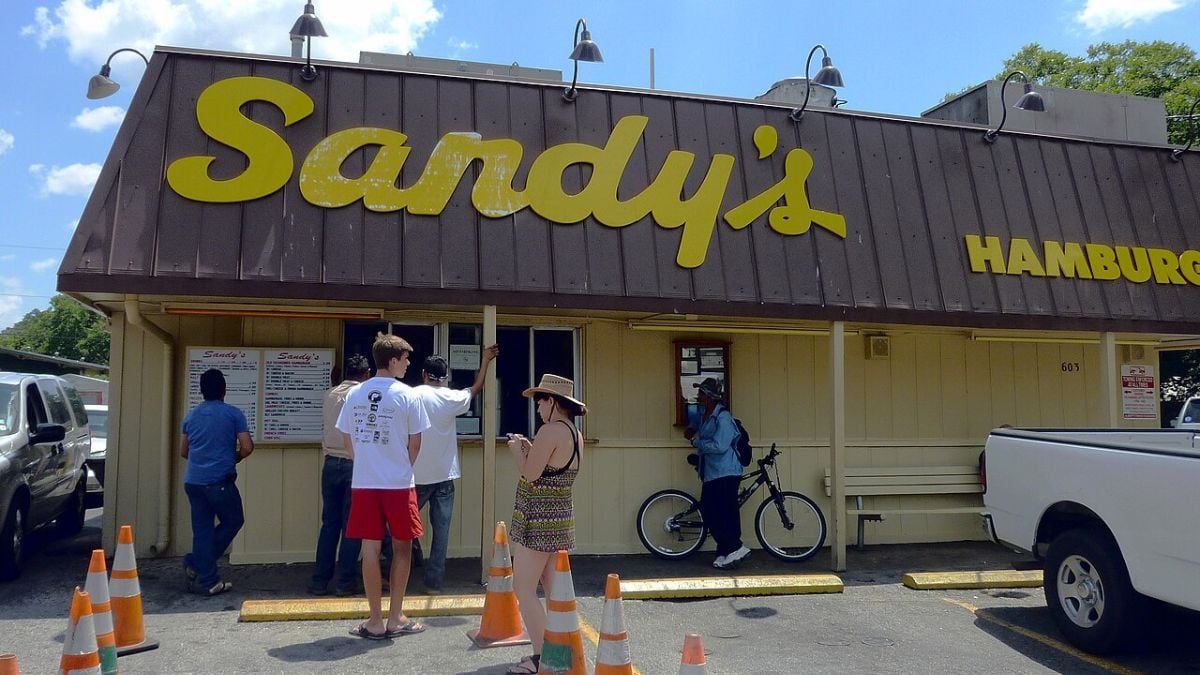
In the 1950s, Sandy’s gave McDonald’s a serious run for its money. Their kilt-wearing mascot played bagpipes in commercials, and burgers cost just 15 cents. By the 1960s, they had more than 200 locations across the Midwest and South. Families loved their slogan “Sandy’s for the Best!” But as McDonald’s advertising juggernaut grew, Sandy’s couldn’t keep up. By 1972, most Sandy’s had been converted into Hardee’s restaurants.
Gino’s Hamburgers: Sports Stars Behind the Grill
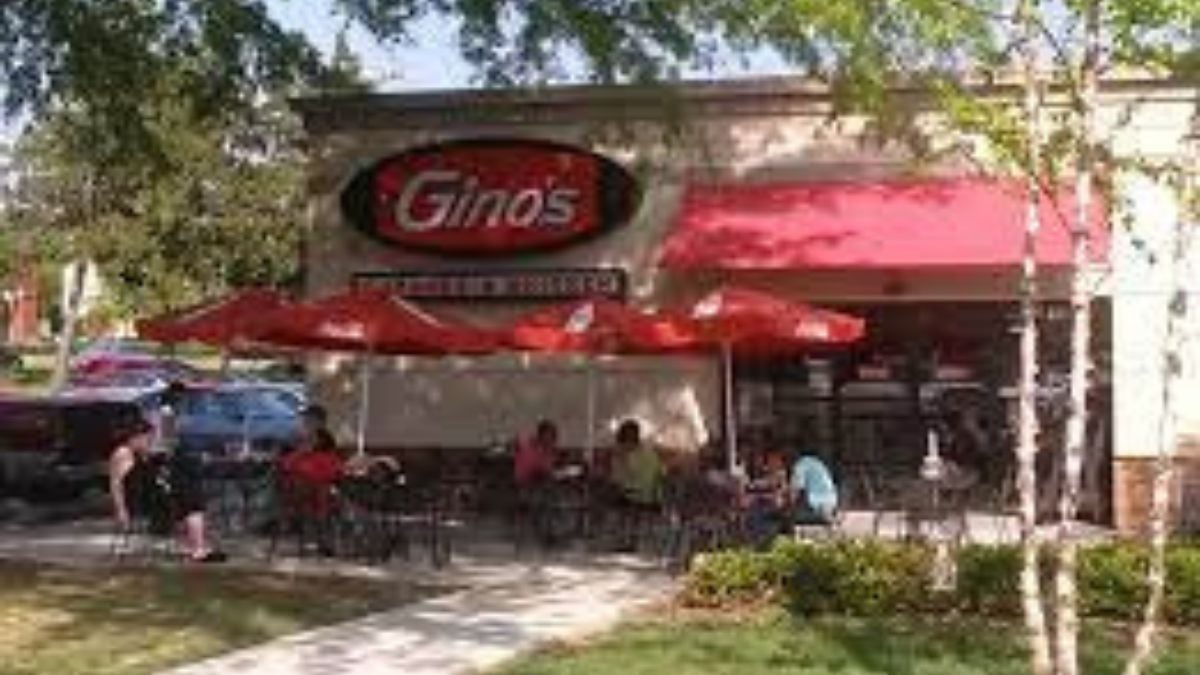
Gino Marchetti and Alan Ameche, both NFL players, founded Gino’s Hamburgers in 1957. Their “Gino Giant” burger challenged the Big Mac, and they even teamed up with KFC to sell fried chicken. By the 1970s, nearly 400 locations stretched along the East Coast. Their bold orange-and-blue branding made them hard to miss. But overexpansion caused problems, and most were sold off by 1982 to become Roy Rogers restaurants.
White Tower: The Copycat Castle
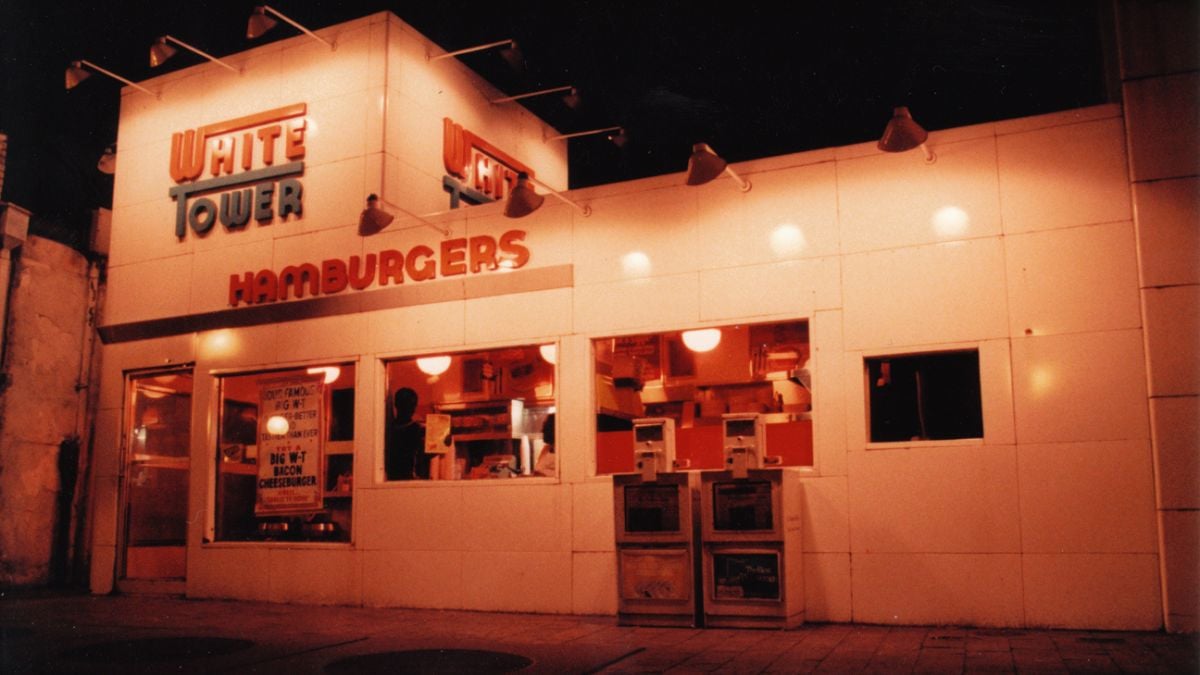
White Tower looked a lot like White Castle—and that was the problem. Founded in 1926, it sold greasy five-cent sliders in castle-shaped restaurants that quickly spread across the East and Midwest. Workers, late-night crowds, and burger lovers flocked to them for decades. But lawsuits over copying White Castle and pressure from modern chains forced White Tower out. The last one closed in 2004, ending nearly 80 years of late-night burgers.
Howard Johnson’s: The Roadside Icon
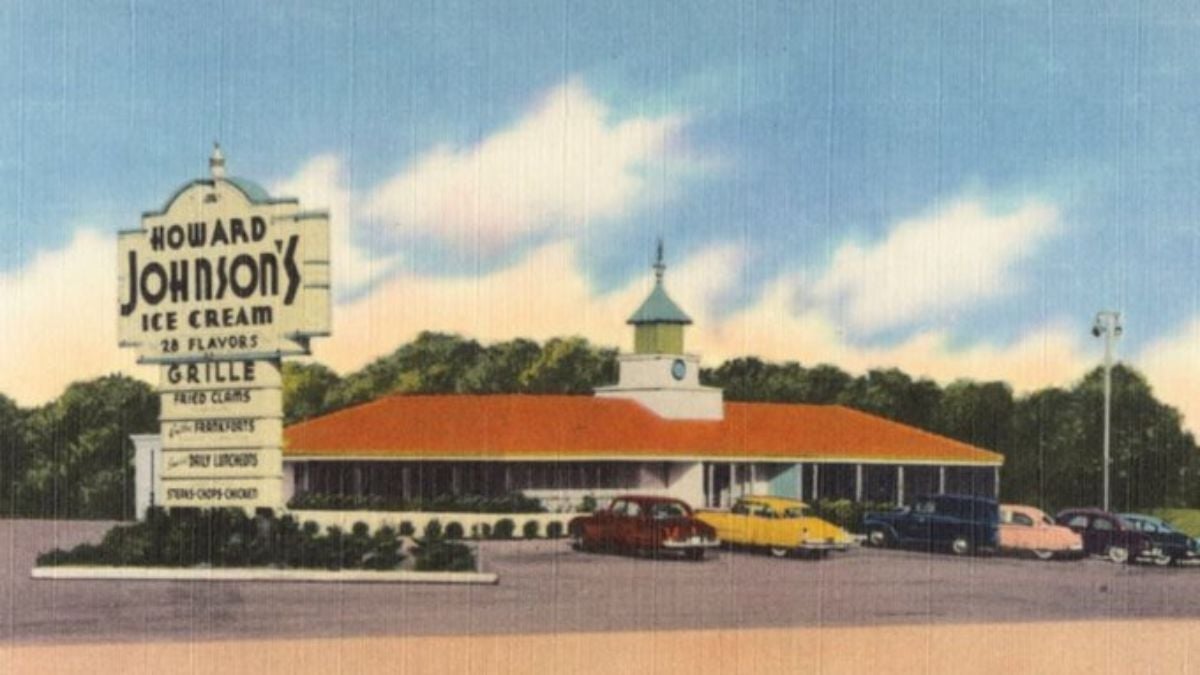
Howard Johnson’s wasn’t just a restaurant—it was a movement. With its bright orange roofs and famous 28 ice cream flavors, this chain made family road trips feel like an event. At its 1970s peak, it had more than 1,000 locations nationwide, setting the standard for roadside dining. HoJo’s practically invented the idea of consistent food across America, something chains still copy today. But by the 1990s, newer competitors and changing tastes left it behind.
Pup ‘N’ Taco: Hot Dogs and Tacos Together
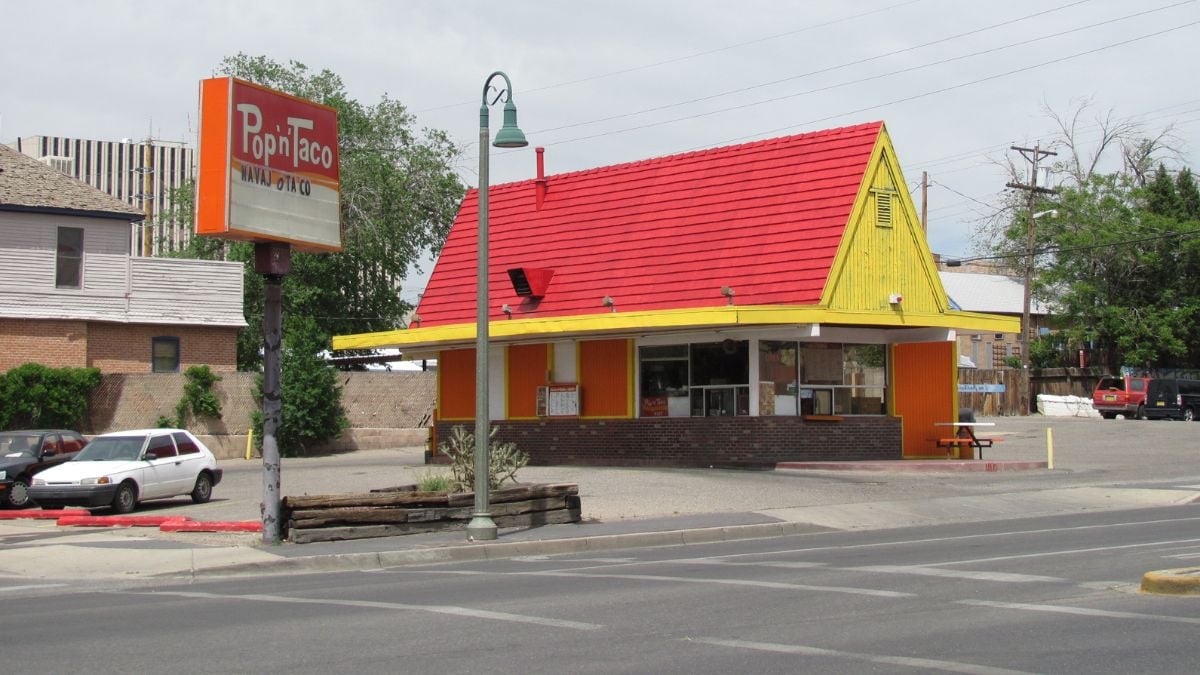
Southern California birthed one of the oddest combos ever: Pup ‘N’ Taco. Founded in 1965, it served chili dogs and tacos under the same roof—and locals loved it. Their orange-and-brown restaurants and catchy jingle made them a SoCal staple. At their height, over 100 locations spread from Los Angeles to San Diego. But by the late 1980s, Taco Bell had taken over the taco scene, forcing Pup ‘N’ Taco out.
Burger Chef: The Original Kids’ Meal
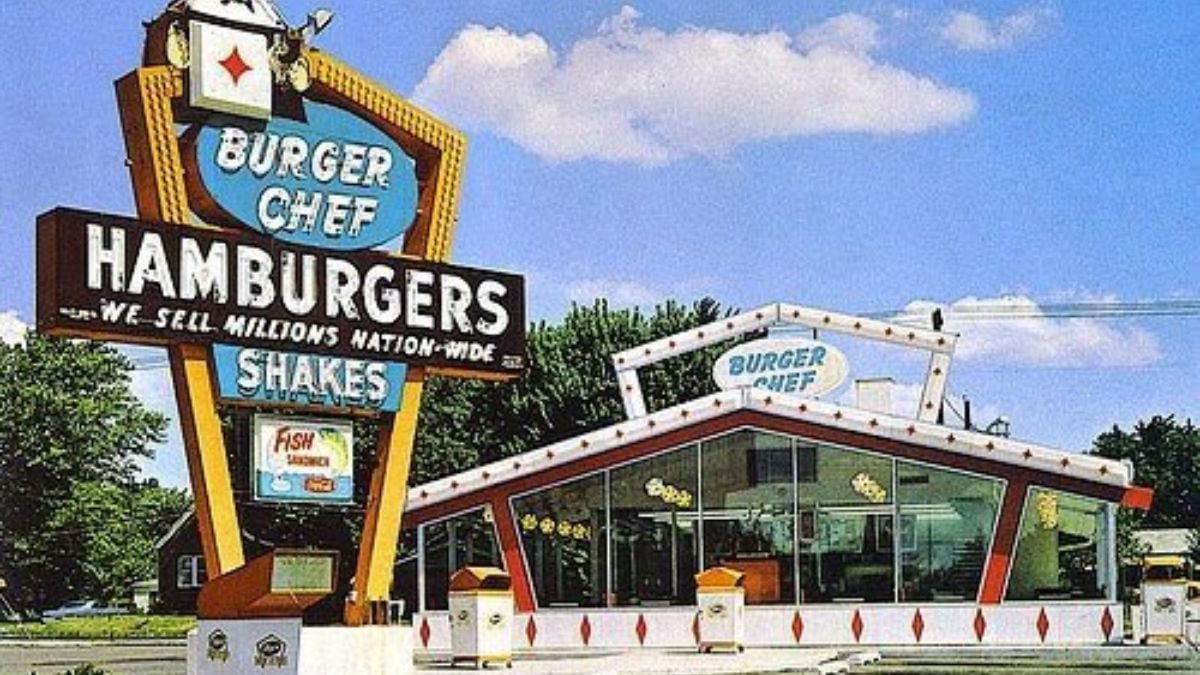
Before McDonald’s Happy Meals, there was Burger Chef’s “Fun Meal.” Introduced in 1973, it came with a toy and became an instant hit with kids everywhere. At one point, Burger Chef had over 1,200 locations, making it the country’s second-biggest burger chain. Their colorful mascots and family-first marketing reshaped how fast food targeted young diners. Sadly, tragedy and stiff competition ended their run, and by 1996 the brand was gone.
Chi-Chi’s: Bringing Fajitas to Suburbia
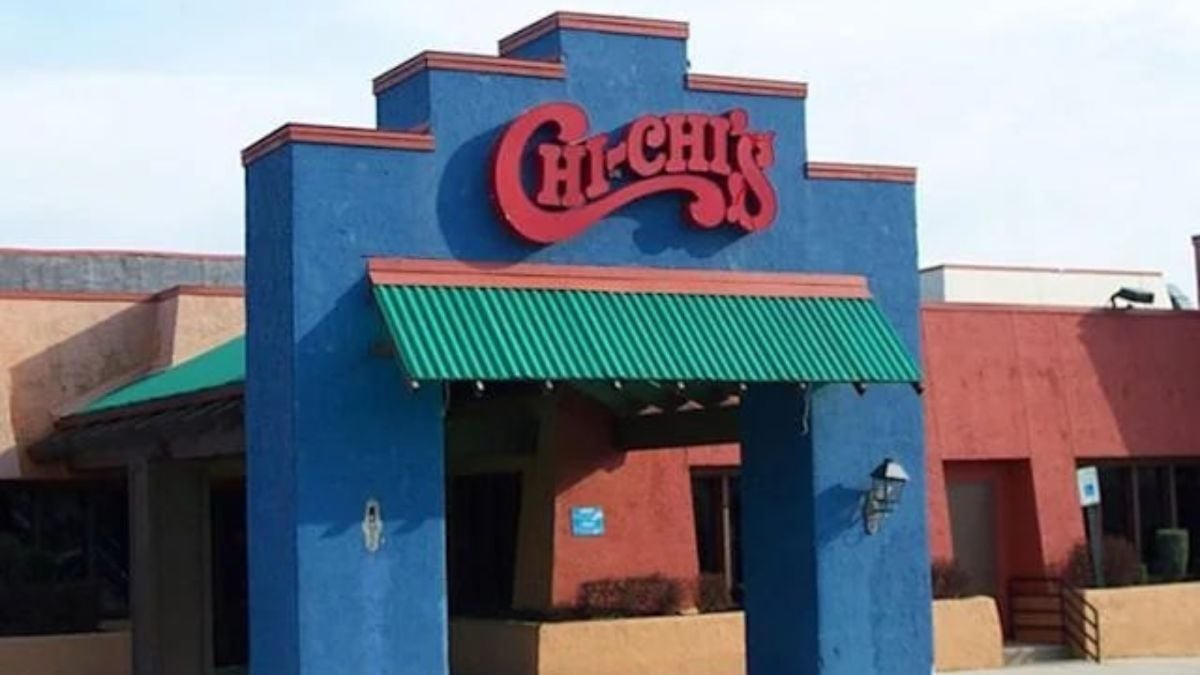
Most Americans had never heard of fajitas until Chi-Chi’s came along in 1975. The chain introduced sizzling skillets, mariachi music, and fishbowl-sized margaritas to casual dining. Their festive décor made every meal feel like a party, and tableside guacamole became a Chi-Chi’s signature. At their 1980s peak, they had over 200 locations across the U.S. But a tragic hepatitis outbreak in 2003 sank their U.S. presence almost overnight.
Minnie Pearl’s Chicken: Country Music Meets Fried Chicken
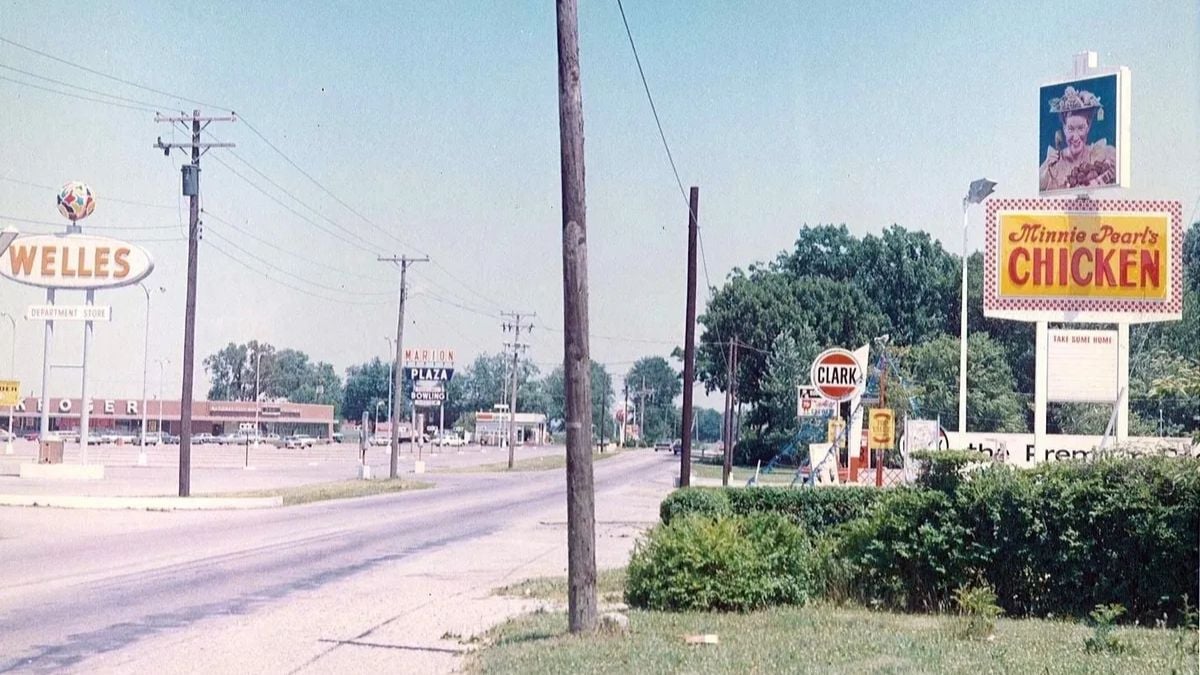
What happens when a Grand Ole Opry star puts her name on a chicken chain? Minnie Pearl’s Chicken brought Southern charm and crispy fried chicken to America in the 1960s. Restaurants felt like family kitchens, with checkered tablecloths and homestyle sides. Minnie herself even showed up to openings in her trademark hat. But with KFC expanding aggressively, this folksy competitor couldn’t keep up and disappeared by the early 1980s.
Naugles: Mexican Food Before Taco Bell
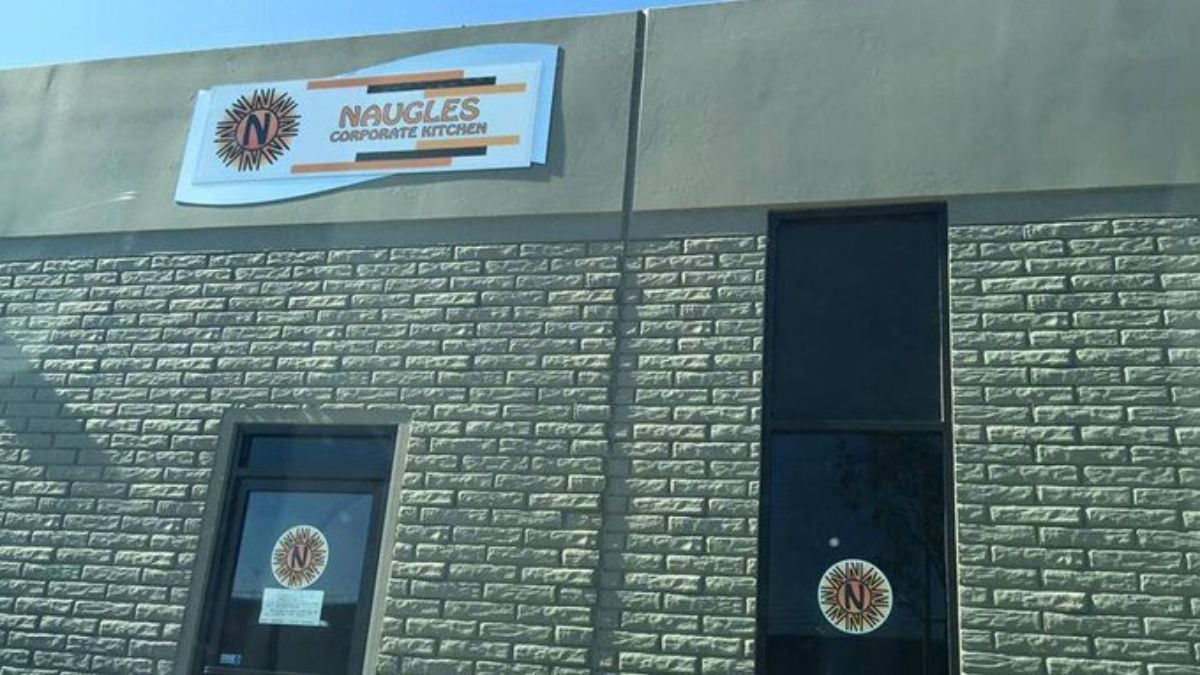
In the 1970s, Naugles won fans in Southern California with fresh, flavorful Mexican fast food. Their “Macho Combo Burrito” became legendary, and their slogan “It’s a Habit” rang true for many loyal customers. Unlike others, Naugles emphasized authenticity and quality, not just speed. By the late 1980s, though, financial troubles led most locations to be absorbed by Del Taco. Today, one reopened location keeps the nostalgia alive.
The Fast Food That Time Forgot
These vanished chains shaped far more than menus—they shaped memories. They pioneered kids’ meals, road trip stops, drive-thrus, and even introduced Americans to foods like fajitas and burritos. Yet fierce competition and changing tastes eventually sent them packing. Their legacies, though, live on in the chains we still visit today. Which one do you remember best—or wish was still around? Share your favorites in the comments!

